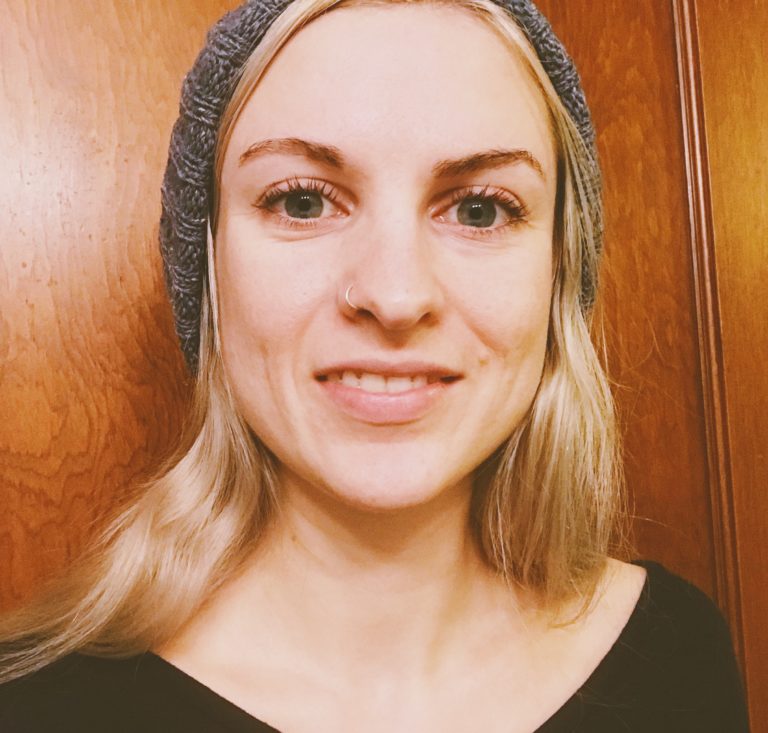
With the residue of old newspaper ink smeared on my fingers, I flipped through
more than 30 Northside News issues and tried not to get completely absorbed in the 20-year-old stories that highlighted Northside residents, businesses and history. I read about one Northsider’s enduring love for puppets, and an interview with Ila Borders, the first woman pitcher in integrated men’s professional baseball who played for Madison’s Black Wolf team, by a father daughter pair. I followed the development of Troy Gardens, and I read a letter to the editor that could pass for a current-day post on Nextdoor, chastising the neighborhood’s ill behaved cat owners.
While the topics captured a moment on the Northside, with conversations that must have dominated community discussions printed alongside the sorts of mundane updates that seem unchanging over the years, the way that the stories were written left a deeper impression of the challenges and achievements of those years.
My task at ink-smudged-hand was to track down articles chronicling the four years leading up to the construction of Warner Park Community Recreation Center (WPCRC). While read all at once, the updates that tallied progress through city processes and fundraising pleas and celebrations seemed endless, they clearly communicated more than the technicalities they focused on. WPCRC was a tangible stake in a collective vision for the Northside. A Center that would serve all neighborhoods, and all residents, was both symbolic and — as the “Buy a Brick” fundraising campaign made evident — very real. People were imagining the Northside 20 years from that moment, and the impact that their collective actions would have.
As we’re mired in our own conversations about the future of the Northside — the impact of the F-35s on our neighborhoods and neighbors, among others — I can’t help but wonder what readers might pull from our archives 20 years from now.